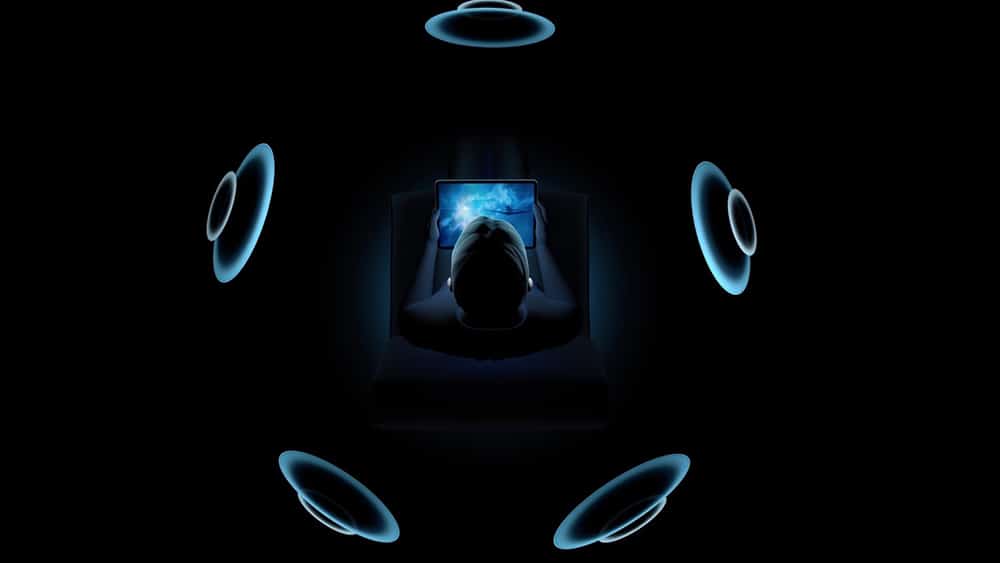Exploring Spatial Audio: The Future of Immersive Sound in Music
In the realm of music production and audio engineering, innovation is constantly pushing the boundaries of what is possible. One such innovation that has been gaining momentum in recent years is spatial audio – a technology that enables a more immersive and lifelike listening experience. In this blog post, we will delve into the world of spatial audio, exploring its origins, applications, and future implications for the music industry.
Understanding Spatial Audio
At its core, spatial audio is a technique that seeks to replicate the way sound behaves in the real world. Traditional stereo audio systems reproduce sound using two channels – left and right – which provide a sense of directionality and depth. However, spatial audio goes beyond stereo by incorporating additional channels and processing techniques to create a three-dimensional soundstage.
By simulating the way sound waves interact with the environment and the listener’s ears, spatial audio can recreate the sensation of being immersed in a physical space. This technology has applications in various fields, including virtual reality, gaming, and live events, but its impact on music production is particularly profound.
Origins and Evolution of Spatial Audio
The concept of spatial audio has been around for decades, with early experiments dating back to the development of surround sound systems in the 1940s and 1950s. However, it wasn’t until the advent of digital audio processing and advanced signal processing algorithms that spatial audio became a practical and widely accessible technology.
In recent years, major players in the audio industry, such as Dolby Laboratories, DTS, and Auro Technologies, have introduced their own spatial audio formats and technologies. These systems, such as Dolby Atmos and DTS:X, allow music producers to create immersive mixes with object-based audio, where individual sound elements can be positioned and moved in a three-dimensional space.
Applications of Spatial Audio in Music Production
Spatial audio offers music producers and artists new creative possibilities for shaping the listener’s experience. By leveraging the immersive capabilities of spatial audio formats, producers can create multi-dimensional mixes that surround the listener with sound from all directions. This can enhance the emotional impact of music and create a more engaging and memorable listening experience.
In addition to traditional studio recordings, spatial audio can also be applied to live performances and streaming platforms. Virtual concerts and immersive audio experiences allow audiences to feel like they are part of the performance, whether they are attending in person or tuning in remotely.
Furthermore, spatial audio opens up opportunities for interactive and experiential music projects. Artists can experiment with spatialized soundscapes, binaural recordings, and ambisonic compositions to create immersive installations, augmented reality experiences, and interactive audiovisual performances.
Future Implications and Challenges
As spatial audio continues to evolve, its impact on the music industry is poised to grow significantly. However, there are still challenges to overcome, including standardization, compatibility, and accessibility. Different spatial audio formats and technologies may not always be compatible with each other, leading to fragmentation and confusion among consumers and content creators.
Moreover, there is a learning curve for music producers and engineers who are unfamiliar with spatial audio techniques and workflows. Training and education will be essential to ensure that creators have the knowledge and skills to fully leverage the creative potential of spatial audio.
Despite these challenges, the future of spatial audio in music production is bright. As technology advances and adoption increases, spatial audio has the potential to become the new standard for immersive audio experiences. Whether it’s creating cinematic soundscapes, interactive installations, or virtual concert experiences, spatial audio is transforming the way we listen to and experience music.
Spatial audio represents a paradigm shift in music production and audio engineering. By recreating the sensation of being immersed in a physical space, spatial audio offers new creative possibilities for artists, producers, and listeners alike. As technology continues to evolve and adoption increases, spatial audio has the potential to revolutionize the way we create, consume, and experience music. From virtual concerts to immersive installations, the future of spatial audio is limited only by our imagination.

